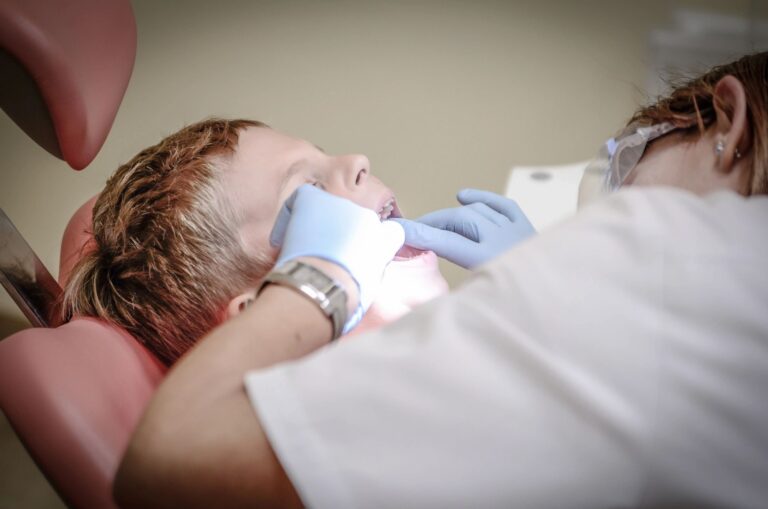Tooth decay (cavities) in children
Tooth decay, also known as cavities or dental caries, is a common oral health problem that can affect children. It occurs when acids produced by bacteria in the mouth erode the hard enamel covering the teeth, leading to the formation of holes or cavities. Tooth decay can cause pain, discomfort, and other complications if left untreated. Here are key points about tooth decay in children:
- Causes:
- Tooth decay is primarily caused by the interaction of bacteria in the mouth with sugars and carbohydrates from food and drinks.
- These bacteria produce acids that weaken the tooth enamel over time.
- Risk Factors:
- Several factors can increase the risk of tooth decay in children:
- Poor oral hygiene practices, such as inadequate brushing and flossing.
- Frequent consumption of sugary or acidic foods and drinks, including soda, fruit juices, and candy.
- Lack of fluoride exposure, which can strengthen tooth enamel.
- Genetic factors, as susceptibility to tooth decay can run in families.
- Dry mouth conditions, as saliva helps protect teeth from decay.
- Tooth grinding (bruxism), which can wear down enamel.
- Early childhood caries (ECC), also known as baby bottle tooth decay, often caused by prolonged exposure to sugary liquids in baby bottles.
- Several factors can increase the risk of tooth decay in children:
- Symptoms:
- Tooth decay in children may not always cause noticeable symptoms in the early stages.
- As it progresses, symptoms can include tooth sensitivity, pain when biting or chewing, visible pits or holes in teeth, and discoloration.
- In severe cases, tooth abscesses or infections can develop, leading to more significant pain and swelling.
- Prevention:
- Preventing tooth decay in children is crucial. Here are preventive measures:
- Teach and encourage good oral hygiene habits, including regular brushing (with fluoride toothpaste) and flossing.
- Limit sugary and acidic food and drink consumption.
- Promote a balanced diet rich in fruits, vegetables, and dairy products.
- Ensure adequate fluoride exposure through toothpaste, fluoridated water, or dental treatments.
- Schedule regular dental check-ups and cleanings, starting at a young age.
- Preventing tooth decay in children is crucial. Here are preventive measures:
- Treatment:
- Treatment for tooth decay in children depends on the severity of the condition. Options include:
- Dental fillings: For smaller cavities, the dentist can remove the decayed portion and fill the tooth with a restorative material.
- Crowns: Larger cavities may require a crown to cover and protect the tooth.
- Root canals: If decay reaches the tooth’s pulp (inner nerve and blood vessels), a root canal may be necessary.
- Tooth extraction: In severe cases where a tooth cannot be saved, it may need to be removed.
- Treatment for tooth decay in children depends on the severity of the condition. Options include:
- Prognosis:
- Early detection and treatment of tooth decay in children can prevent the progression of the disease and the need for more invasive treatments.
- Untreated tooth decay can lead to more extensive dental problems and affect a child’s overall health and well-being.
Parents and caregivers play a crucial role in preventing and managing tooth decay in children. Promoting good oral hygiene habits, monitoring dietary choices, and scheduling regular dental check-ups are essential for maintaining children’s oral health and preventing the development of cavities.
------------From our Sponsors------------









